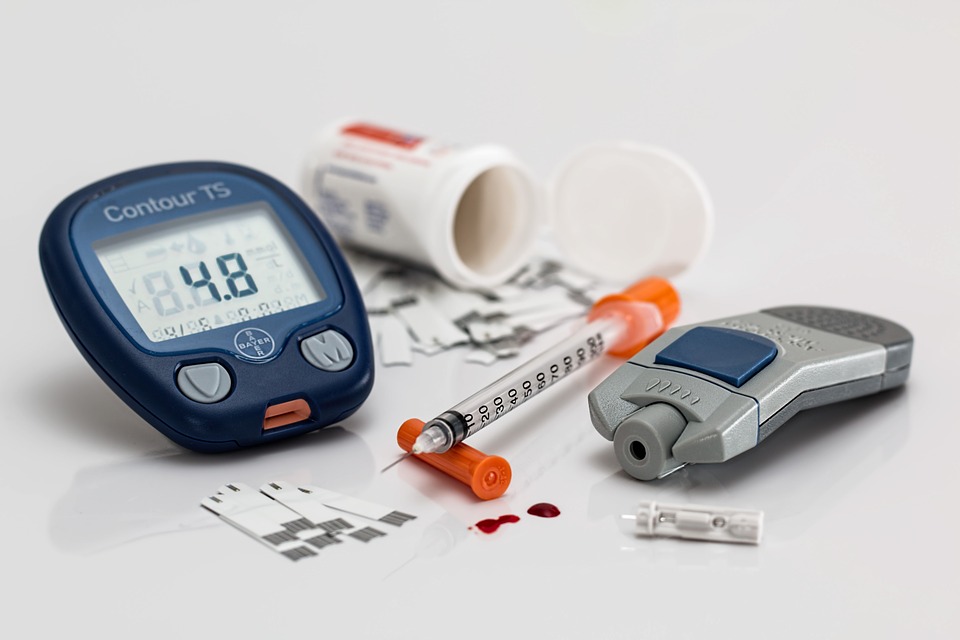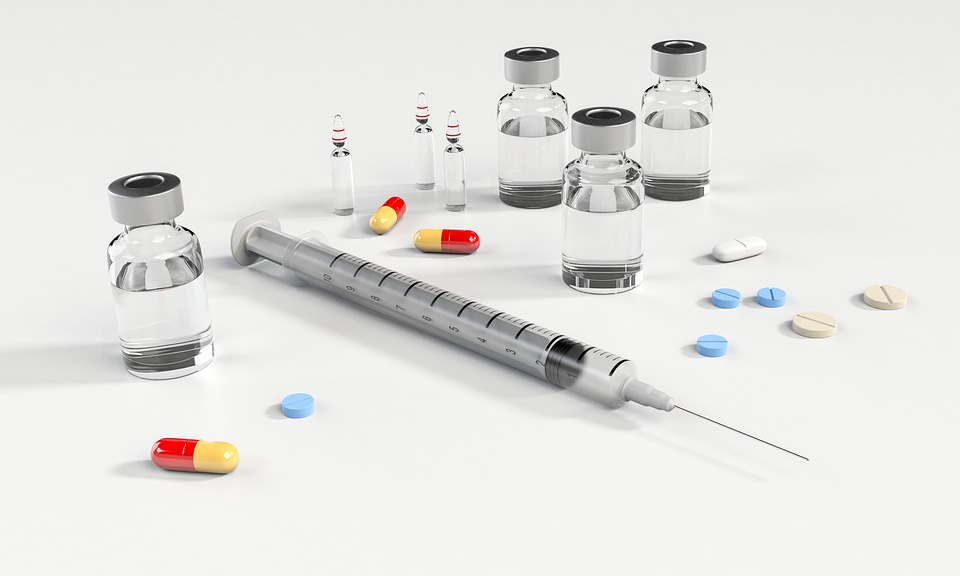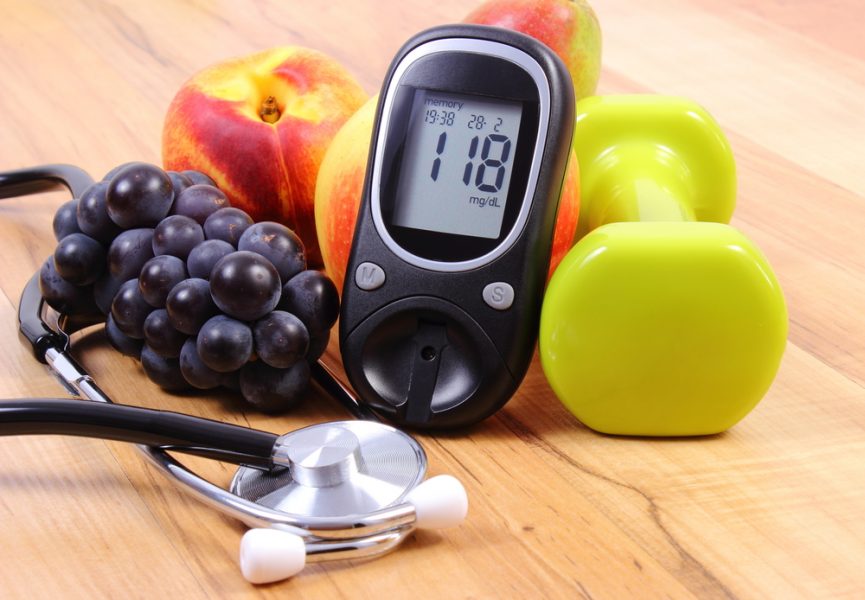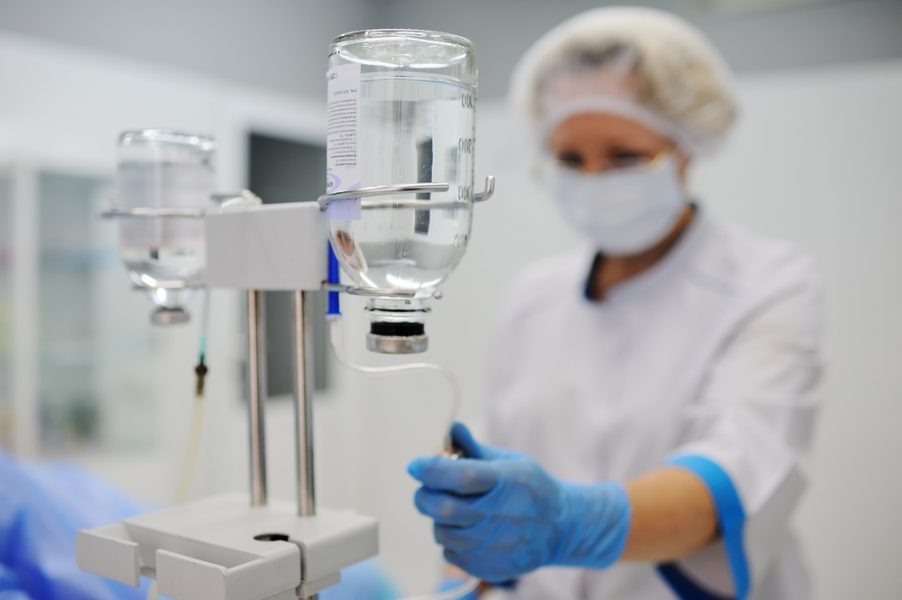Monitoring Diabetes- Insulin Pump Facts
The human body probably suffers from a number of diseases during its lifetime. While various conditions affect the body in different ways, scientists, as well as doctors, have been striving hard to provide relief from many painful conditions. There are numerous devices developed by the medical science fraternity that helps the human body control disease or cure it.
Diabetes is a disease that needs to be monitored, lest it cause discomfort for the patient and turn into a life threatening situation. Insulin is one of the elements that plays a vital role in controlling diabetes. In case sugar level is high or the secretion of insulin is insufficient, the sugar level in the blood increases which can lead to the development of other diseases. With the insulin pump, the patient receives an external injection of insulin and moderates fluctuations in blood sugar levels.
Usually, a diabetes patient is provided with medicine initially, and in some cases the blood sugar cannot be controlled with drugs alone. The doctor may change the dosage after monitoring the sugar level of the patient.
Insulin Pump And A Few Facts

What Is an Insulin Pump?
The basal rate is the rate of the regular blood sugar of the patient after meals. This rate is usually known and is preset. Hence as soon as the sugar in the food starts getting absorbed and shoots up blood sugar levels the insulin from the pump is released to decrease blood sugar levels.
Another set is known as Bolus dose. It is a dose that one requires to cover the intake of additional sugar. Hence in case one has eat an extra meal or snacks, it can be offset with the bolus dose and it prevents any increase in blood sugar levels.
The supplemental dose also works just like a bolus dose as there are many instances when one may feel an increase in the sugar level and hence to control it immediately the supplemental dose can be released.
What Does an Insulin Pump Look Like?
The pump is a small device that can be fitted to the body easily. It is attached to the body, and insulin is fed to the body from the insulin pump. The pump can inject the insulin with the help of a catheter which is fixed onto the body. The mechanism to attach the pump is very simple and hence is very user-friendly.
People may wonder about fitting the pump correctly, but there is no reason for such worry as the procedure is very simple. This pump can be fitted to the body in different ways. One can wear it as a waistband, an armband, or inside the underwear in a pocket or even in the socks, ladies can also wear it inside the bra.
In case one is resting or sleeping the pump can be attached to a pillow, a soft toy, bed or even with a particular hook that can hold the pump during night. One can also fix it to a bed sheet or even a blanket.
The main area of concern is when one is bathing or showering or if it starts raining. Well, usually these pumps are waterproof and hence one does not need to worry, however, they are not supposed to be exposed to water directly. In the case of rain it can be covered with a plastic cover and while taking a bath one can remove it for a few minutes. There are also sockets available to keep the pump while bathing.
Some Tips If One Wants To Remove The Pump
The pump provides the insulin to the body and hence the removal means stopping the supply of insulin. In some cases one has to remove the pump which is very easy, but one must note that once it is removed, it needs to be reprogrammed. In case the device has stopped while supplying insulin, the dose needs to be taken again.
Here one must note that the reprogramming is required for all the doses including basal rate, supplemental as well as a bolus. In the case of pump removal, one can only go for an hour and then need to check the blood sugar. In the case of increasing blood sugar, it is always recommended to resume the dose immediately to prevent the body from a too high blood sugar level.
The user must monitor the amount of insulin inside the supply bottle as well as the battery life of the pump. If the insulin supply is exhausted, the pump will not be able to provide the insulin dose, and it can lead to a dangerous situation. Hence monitor the remaining amount of insulin and battery life to avoid trouble.
Human life has been rendered a lot easier thanks to such modern medical devices. The insulin pump is a great example. The user needs to check various parameters before finalizing a particular pump. It is always recommended to ask their doctor and take his or her advice before purchasing an insulin pump. Initially, it may be a bit difficult for the patient to get adjusted to the functioning of the pump. Hence a doctor’s assistance can be very helpful in such cases.



